Myths that we were told in history lessons, and we believe in them
Categories: History
By Pictolic https://pictolic.com/article/myths-that-we-were-told-in-history-lessons-and-we-believe-in-them.htmlDue to the effect of the illusion of truth (the tendency to believe that information is true when it is repeated many times), we are often surrounded by lies, and the history of the world is no exception. Many of the facts that we were told in history lessons at school turned out to be lies.


Myth: The Greeks gave the Trojan horse to conquer Troy.
Truth: The goal and the truth was the conquest of Troy, but there was no insidious gift. Instead, the Greeks created a horse-like siege weapon. So they managed to break the wall and get into the city.
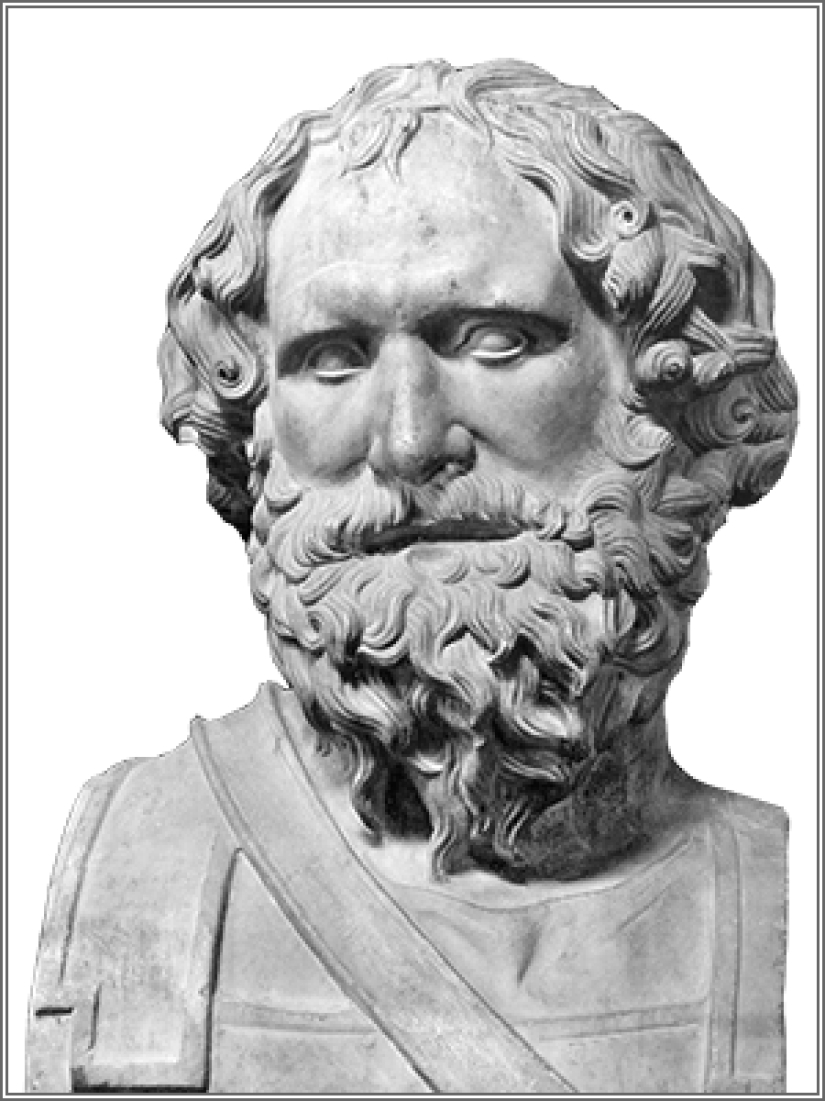
Myth: Archimedes discovered his famous law while lying in a bathtub.
Truth: In fact, the water displaced from the bath has nothing to do with the buoyancy discovered by Archimedes. This method only measures volume. But it is possible that Archimedes was inspired by water procedures.

Myth: Mendeleev saw the periodic table of chemical elements in a dream.
Truth: The scientist himself refuted this whole story with a dream, saying: “I’ve been thinking about it for maybe twenty years, and you think: I was sitting and suddenly ... it’s ready.” And the story about sleep was invented by his friend A. A. Inostrantsev to entertain his students.

Myth: Cleopatra was an Egyptian.
Truth: The famous Egyptian queen was of Greek origin. Cleopatra was born in Alexandria, is a descendant of the Ptolemaic dynasty, which took control of Egypt.

Myth: The pyramids were built by slaves.
Truth: There is irrefutable evidence that the pyramids were built not by slaves or Jews, but by free workers, professionals in the field of construction.
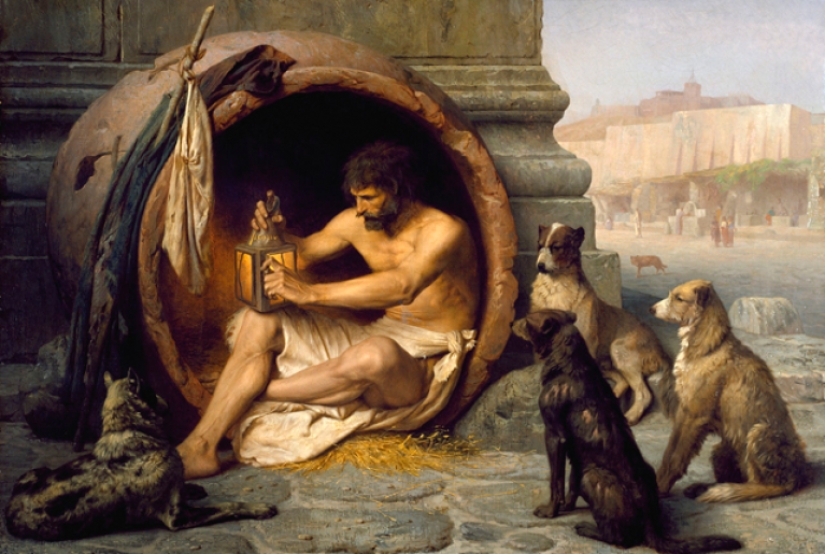
Myth: Diogenes lived in a barrel.
Truth: Diogenes simply couldn't live in a barrel because the ancient Greeks couldn't make them. He lived in a pithos, a large earthen vessel where oil or wine was kept.

Myth: Pirates were only men.
Truth: Surprisingly, not only men sailed the seas and oceans, hunting for treasure. Female pirates competed well with them and were in no way inferior to men in cruelty.
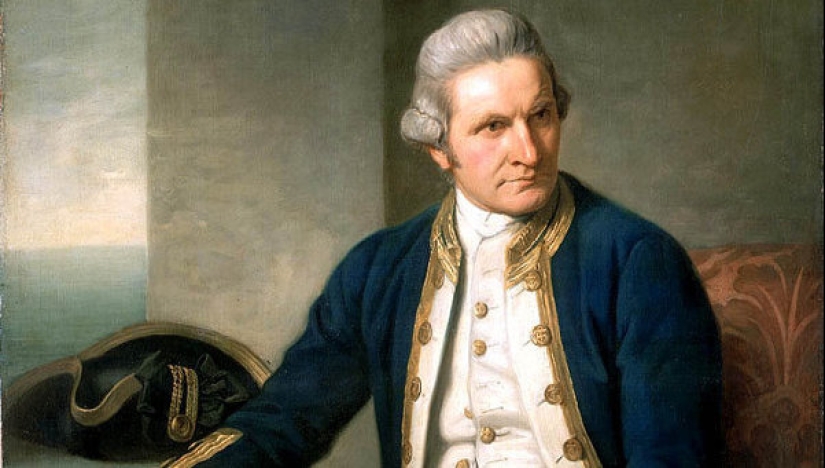
Myth: Aborigines ate Cook.
Truth: The causes of Cook's death were rumors about the murder of several Hawaiians by the British and, in general, about the strange behavior of Cook. All this prompted the natives to start militant actions. They killed Cook, presumably by hitting him in the back of the head with a spear. But no one ate it.

Myth: Gladiators have always killed each other.
Truth: The most experienced and skilled warriors cost a lot of money, and many of them lived long lives. Analysis of the remains showed that they were gladiators who participated in more than a hundred battles and lived for 25-30 years, which corresponded to the average life expectancy in the Roman Empire at that time.
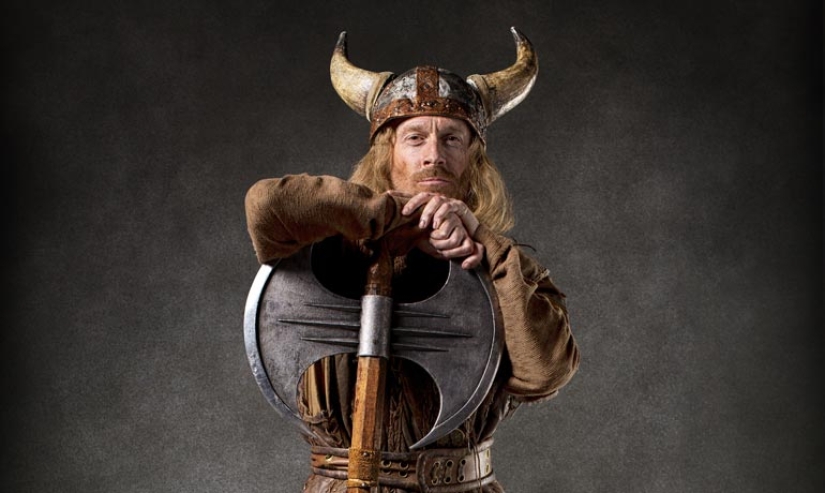
Myth: Vikings wore helmets with horns.
Truth: When we think of a Viking, we think of a man with a beard and a horned helmet. However, archaeological excavations have shown that the Vikings were not fans of this fashion. In reality, helmets with horns were impractical and were worn only during rituals.

Myth: Knights wore chastity belts on their wives before going on the Crusade.
Truth: We all know about the chastity belt, which guarantees the fidelity of a loved one. However, they were never actually used and all the stories associated with them are myths. A female chastity belt is nothing more than a symbol of fidelity, while a male chastity belt is more like a piece of armor.
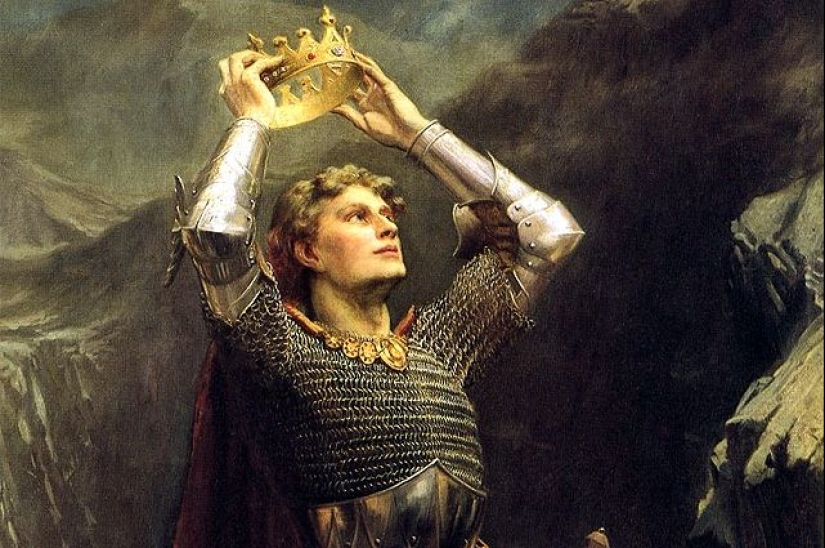
Myth: King Arthur was a real person.
Truth: Arthur never existed. His name was probably given to another person known by a different name in traditional history. And there are a huge number of people who have shown the essential features of Arthur.

Myth: Salieri poisoned Mozart.
Truth: Salieri had no motive to kill Mozart. He was famous and much more successful than Mozart. Salieri was even cleared of all charges during his lifetime.
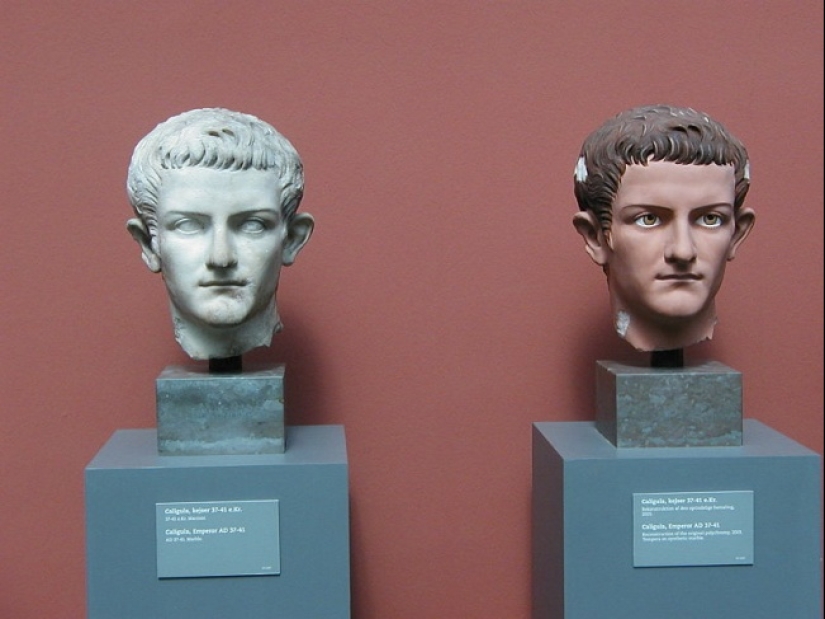
Myth: All antique statues are white.
Truth: Ancient art is associated with white. Surprisingly, buildings and statues were once brightly colored, but over time, the colors have worn off. True colors can now be seen with ultraviolet light.

Myth: Vincent van Gogh cut off his ear.
Truth: This legend even formed the name of the syndrome, when a person performs an operation on himself. However, Van Gogh did not cut off his ear. He lost his earlobe during a quarrel with his friend Gauguin.

Myth: Walt Disney drew Mickey Mouse.
Truth: Mickey Mouse was drawn by animator Ub Iwerks. Nevertheless, Walt Disney played a role in the creation of the character. When Mickey cartoons came out, he spoke in a Disney voice.

Myth: Cowboys liked to have gunfights.
Truth: This stereotype was actually created by Western films.
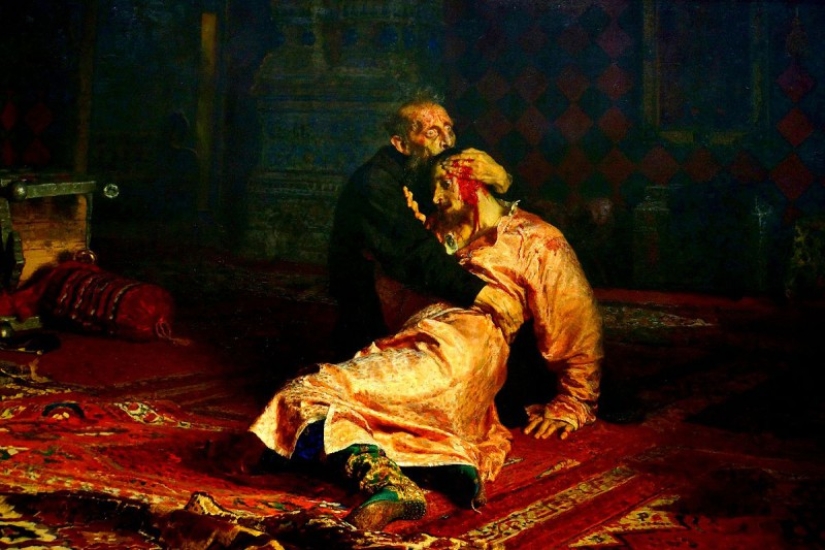
Myth: Ivan the Terrible killed his son.
Truth: There is no confirmation in any chronicles that the death of Tsarevich Ivan was violent. Moreover, from the tsar's letter to Moscow, it can be assumed that his son died of an illness. This is confirmed by modern researchers.

Myth: Mathematics was excluded from the list of sciences for which the Nobel Prize is awarded because Alfred Nobel's wife cheated on him with a mathematician.
Truth: Alfred Nobel never married. And the Nobel Prize is not awarded for achievements in the field of mathematics, because it was recognized as an abstract science.

Myth: In Sparta, weak newborns were thrown off a cliff.
Truth: According to legend, newborns were thrown into a pit. But, after analyzing the remains recovered from the pit, scientists concluded that the remains belonged to 46 men aged 18-35, which means that the babies were not affected.
Recent articles

Most of us think that the color of the eggshell does not play any role and it is possible not to pay attention. But it's not and ...

The more we rely on technology, the more potential power hackers gain over us. It doesn't matter if their goal is to help or cause ...

Creating a good portrait is one of the most difficult tasks for any photographer. In order to make a really natural and memorable ...